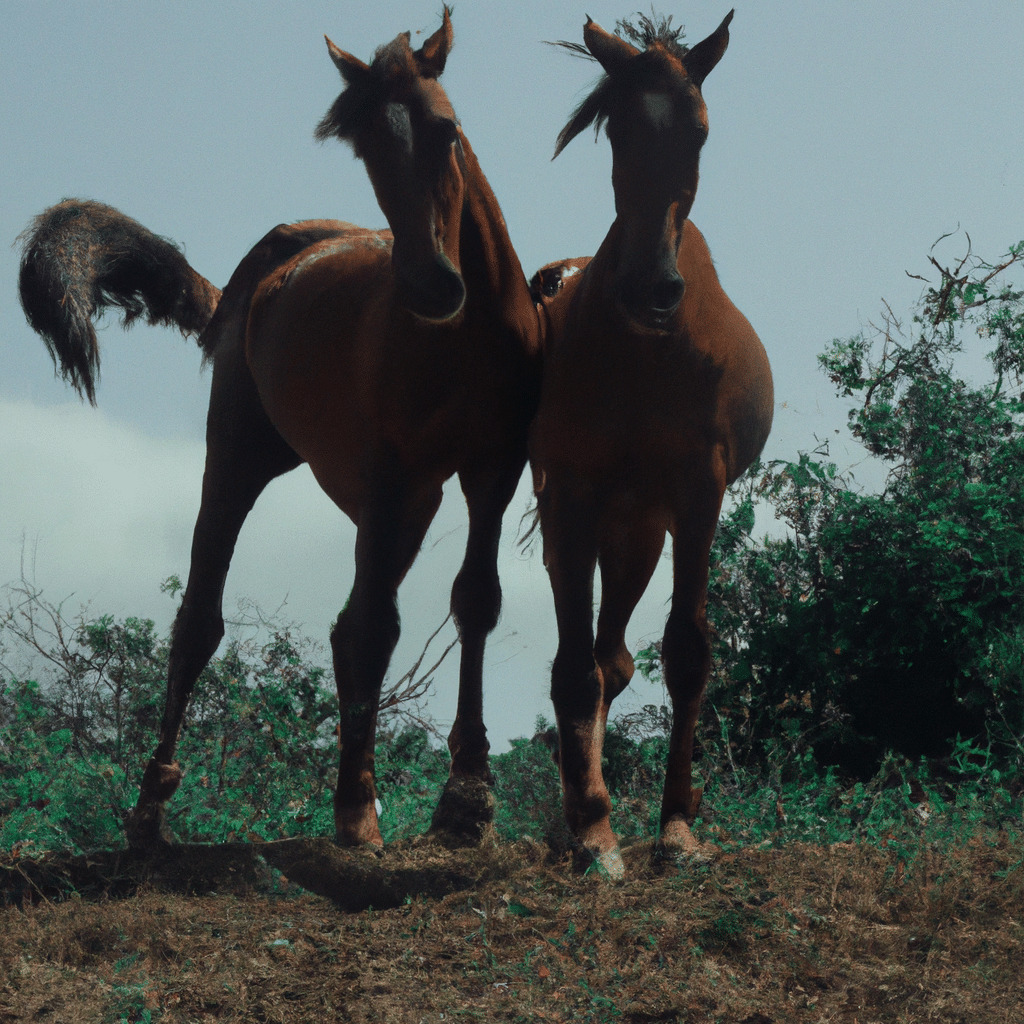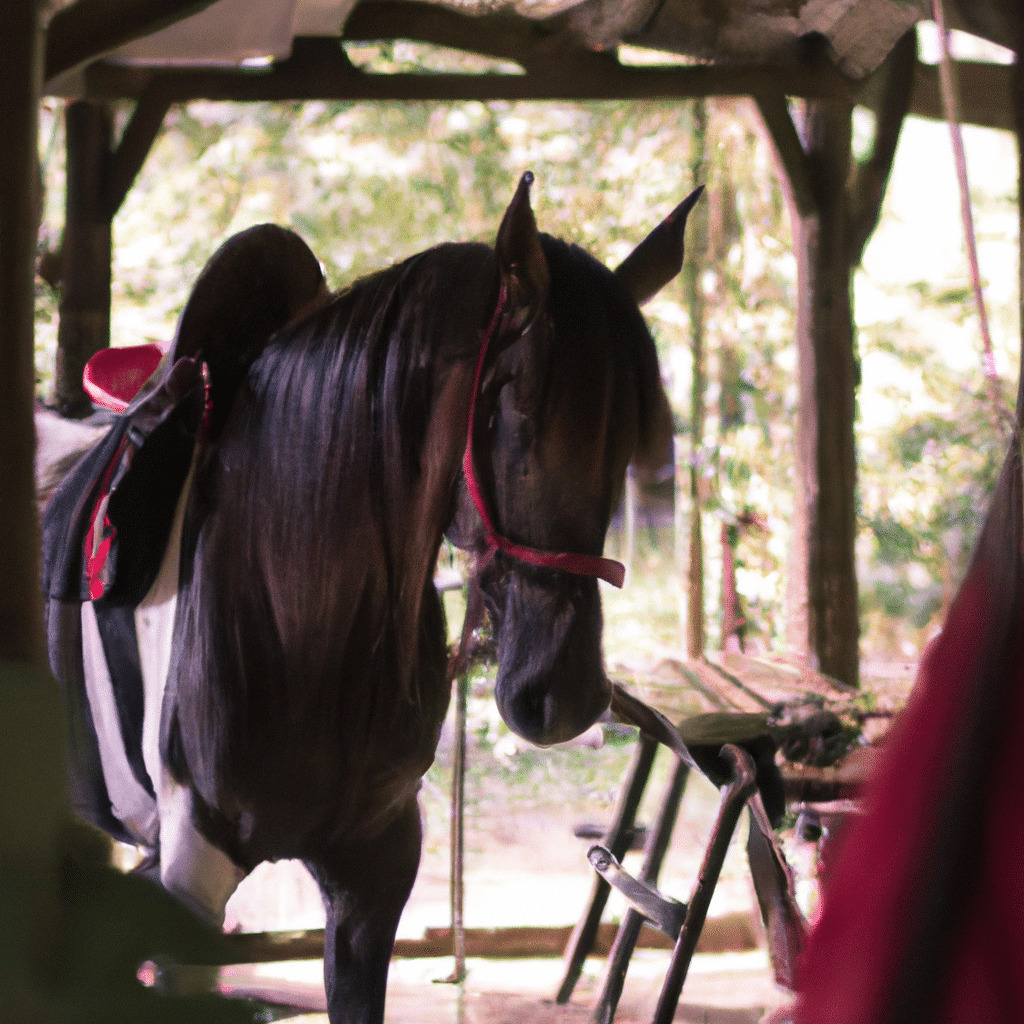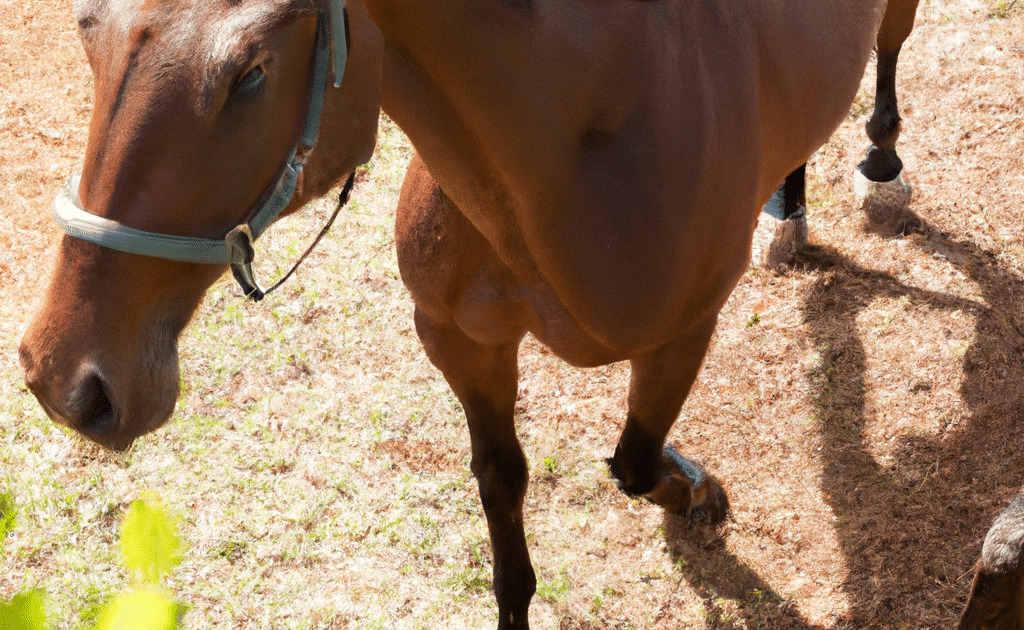The Art of Managing Horse Pastures and Grazing
Are you ready to transform your horse’s grazing experience into a haven of greenery and health?
Discover the key to maintaining healthy and lush pastures for your beloved horses.

Horse owners know that maintaining healthy and productive pastures is crucial for the overall well-being of their beloved animals.
Proper pasture management not only provides an ample source of forage for grazing, but it also helps prevent overgrazing and promotes optimal nutrition.
To effectively manage horse pastures and grazing, it requires a combination of knowledge, planning, and regular maintenance.
One of the first steps in pasture management is understanding the carrying capacity of your land.
This refers to the number of horses that can graze on the available land without causing damage or depleting forage resources.
Overgrazing can lead to bare patches, soil erosion, and an imbalance in the nutrient content of the pasture.
Determining the carrying capacity involves evaluating factors such as the size of the pasture, the quality of forage, and the number of horses.
By knowing the carrying capacity, horse owners can ensure that their pastures are not underutilized or overburdened, which can have negative consequences for both the horses and the land.
Once the carrying capacity is established, it is essential to implement a rotational grazing system.
Rotational grazing involves dividing the pasture into smaller sections or paddocks and allowing the horses to graze in one section while the others undergo rest and regrowth.
This practice mimics the natural grazing patterns of horses, where they would move from one area to another in search of fresh forage.
Rotational grazing not only prevents overgrazing but also promotes the development of a diverse and healthy pasture ecosystem.
The rest periods allow the grass to recover, ensuring a continuous source of nutritious forage for the horses.
Regular monitoring of the pasture condition is also crucial in managing horse pastures and grazing.
By visually inspecting the pasture, horse owners can identify any signs of overgrazing, weed infestation, or soil erosion.
If any issues are detected, prompt action can be taken, such as adjusting the grazing schedule, implementing weed control measures, or improving soil fertility.
Frequent soil testing is recommended to assess the nutrient content of the soil and make necessary adjustments through fertilization.
Maintaining an appropriate balance of nutrients in the soil is essential for the healthy growth of pasture plants, which ultimately benefits the horses.
In addition to proper pasture management, providing supplemental feed and regular veterinary care play significant roles in ensuring the overall health and well-being of horses.
Even with well-maintained pastures, horses may still require additional nutrition to meet their dietary needs.
Consulting with a veterinarian or equine nutritionist can help determine the appropriate type and amount of feed to complement the forage.
Regular vaccinations, deworming, and dental check-ups are also essential for preventing diseases and maintaining optimal health.
To summarize, managing horse pastures and grazing involves understanding the carrying capacity, implementing rotational grazing, monitoring the pasture condition, and providing necessary supplementation and veterinary care.
By following these practices, horse owners can create and maintain lush and healthy pastures, ensuring their horses receive the best possible nutrition and care.

- Understanding the importance of managing horse pastures and grazing
- Implementing an effective pasture management plan
- Ensuring optimal nutrition and health for your horses
Take charge of your horse’s pasture and grazing management to provide them with a thriving environment.

